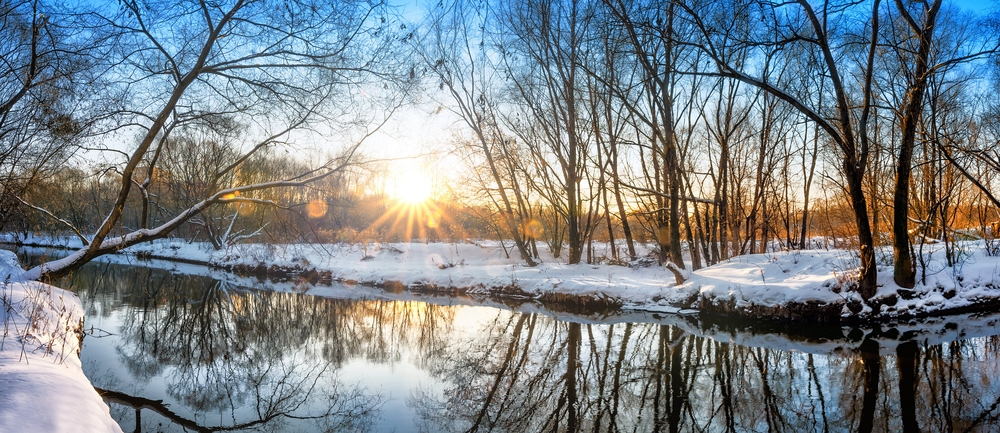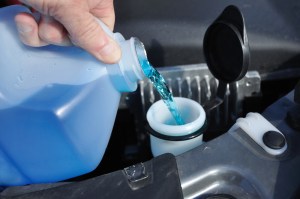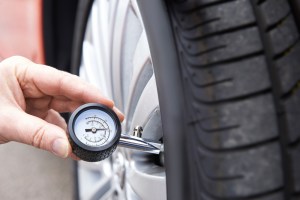 It does not even seem possible. As I sit here in shorts and a T-shirt, trying to keep my hair up off my neck, winter is right around the corner. But it’s true. The days have grown significantly shorter. The leaves are starting to fall. And soon we will be trading in our tank tops for warm, wooly sweaters.
It does not even seem possible. As I sit here in shorts and a T-shirt, trying to keep my hair up off my neck, winter is right around the corner. But it’s true. The days have grown significantly shorter. The leaves are starting to fall. And soon we will be trading in our tank tops for warm, wooly sweaters.
At least in the northern parts of the country.
Of course, that also means ensuring our vehicles are ready for winter weather.
 The best option, prior to the first wintery blast, is making an appointment to get your vehicle serviced – especially if you haven’t made it in to say hello to your favorite mechanic recently.
The best option, prior to the first wintery blast, is making an appointment to get your vehicle serviced – especially if you haven’t made it in to say hello to your favorite mechanic recently.
When was the last time the antifreeze was flushed? Do you need an oil change? How about your battery – is it getting some age on it? These are all items that are more efficiently handled by professionals who, by the way, also have the means to properly dispose of old fluids and batteries.
Some things you can quickly and easily do on your own, however, include:
 New windshield wipers – a clear line-of-sight is key to safe driving and removing the winter muck from your windshield is a vital component. As much as I hated admitting it, my husband (boyfriend at the time) took a 10-minute pit stop to buy and install new windshield wipers during our first winter road trip together, and it was the best thing ever.
New windshield wipers – a clear line-of-sight is key to safe driving and removing the winter muck from your windshield is a vital component. As much as I hated admitting it, my husband (boyfriend at the time) took a 10-minute pit stop to buy and install new windshield wipers during our first winter road trip together, and it was the best thing ever.- Fill the wiper fluid – give your new windshield wipers the help they need to keep things clean by maintaining a full windshield wiper fluid reservoir. If you’re planning a road trip, storing some in your trunk to fill up along the way is never a bad idea.
 Proper tire pressure – the appropriate tire pressure for your vehicle is located in the owner’s manual. Or on the inside panel of the driver’s side door. Be sure to follow the guidelines outlined for you there, versus those imprinted on the tire. Cold weather can cause tires to lose pressure, which impacts steering and handling.
Proper tire pressure – the appropriate tire pressure for your vehicle is located in the owner’s manual. Or on the inside panel of the driver’s side door. Be sure to follow the guidelines outlined for you there, versus those imprinted on the tire. Cold weather can cause tires to lose pressure, which impacts steering and handling.- Full gas tank – keeping the gas tank more than half full is important when it comes to preventing a fuel-line freeze. It’s also important if you get stuck out on the road and need to stay warm until help arrives.
Don’t get caught out in the cold. Take the necessary precautions to get your vehicle ready for winter before it hits.